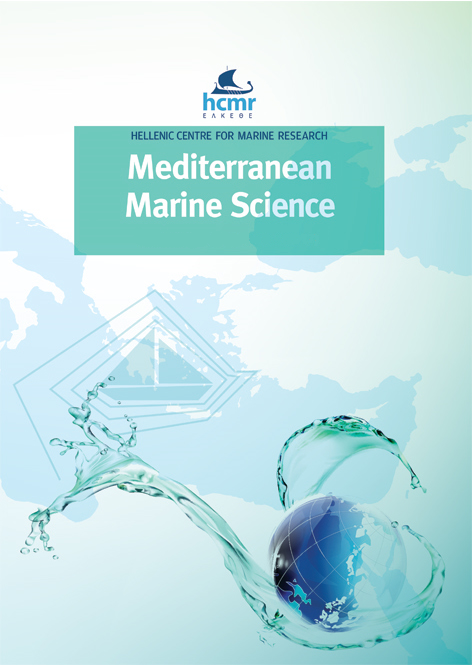Plankton community of trafficked ports as a baseline reference for Non Indigenous Species arrivals. Case study of the Port of Bar (South Adriatic Sea)
Περίληψη
Plankton (ichthyo, zoo and phyto) communities were studied in the temperate shallow waters of the Port of Bar, one of the main cargo ports on the south-eastern Adriatic coast. Sampling was undertaken in February, April, June and October 2015 at 12 stations using the BALMAS Port Baseline Survey protocol. The research was conducted to determine the presence of invasive and potentially toxic plankton species in the port.The most dominant species of ichthyoplankton were eggs and larvae of families Engraulidae, Bothidae and Sparidae with a dominance of Engraulis encrasicolus, Arnoglossus laterna and Diplodus annularis. In addition to ichthyoplankton, sampling of phyto and zooplankton was performed to estimate the abundance and diversity of species.
The most numerous zooplankton species throughout investigated period were Penilia avirostris, Euterpina acutifrons, Oithona nana, Acartia clausi, Centropages kroyeri, Paracalanus parvus, Oncaeidae and larvae of Bivalvia. One very unusual occurrence was the spawning of parrotfish Sparisoma cretense (Linnaeus, 1758), a species with Atlantic origin and tropical affinities, whose presence throughout the Mediterranean has shown an increasing trend over the last decade. The most dominant species of phytoplankton were the diatoms Chaetoceros affinis and Chaetoceros spp., Asterionellopsis glacialis, Pseudo-nitzschia spp., Thalassionema nitzschioides, and dinoflagellates Gymnodinium spp. and Prorocentrum triestinum. The potentially toxic species from genus Pseudo- nitzschia reached an abundance of 104 cells L-1. Toxic dinoflagellates Prorocentrum cordatum and P. micans reached values of 103 cells L-1.
Although there were no HAOP species found during the survey, presence of several potentially toxic and toxic phytoplankton species whose impact is not sufficiently known indicates the necessity of introduction of regular monitoring activities and definition of preventive protection measures.
Λεπτομέρειες άρθρου
- Πώς να δημιουργήσετε Αναφορές
-
MANDIĆ, M., PESTORIĆ, B., MARKOVIĆ, O., DUROVIĆ, M., & DRAKULOVIĆ, D. (2019). Plankton community of trafficked ports as a baseline reference for Non Indigenous Species arrivals. Case study of the Port of Bar (South Adriatic Sea). Mediterranean Marine Science, 20(4), 718–726. https://doi.org/10.12681/mms.19135
- Ενότητα
- Special Issue MEDIAS
Authors who publish with this journal agree to the following terms:
- Authors retain copyright and grant the journal right of first publication with the work simultaneously licensed under a Creative Commons Attribution Non-Commercial License that allows others to share the work with an acknowledgement of the work's authorship and initial publication in this journal.
- Authors are able to enter into separate, additional contractual arrangements for the non-exclusive distribution of the journal's published version of the work (e.g. post it to an institutional repository or publish it in a book), with an acknowledgement of its initial publication in this journal.
- Authors are permitted and encouraged to post their work online (preferably in institutional repositories or on their website) prior to and during the submission process, as it can lead to productive exchanges, as well as earlier and greater citation of published work (See The Effect of Open Access).







